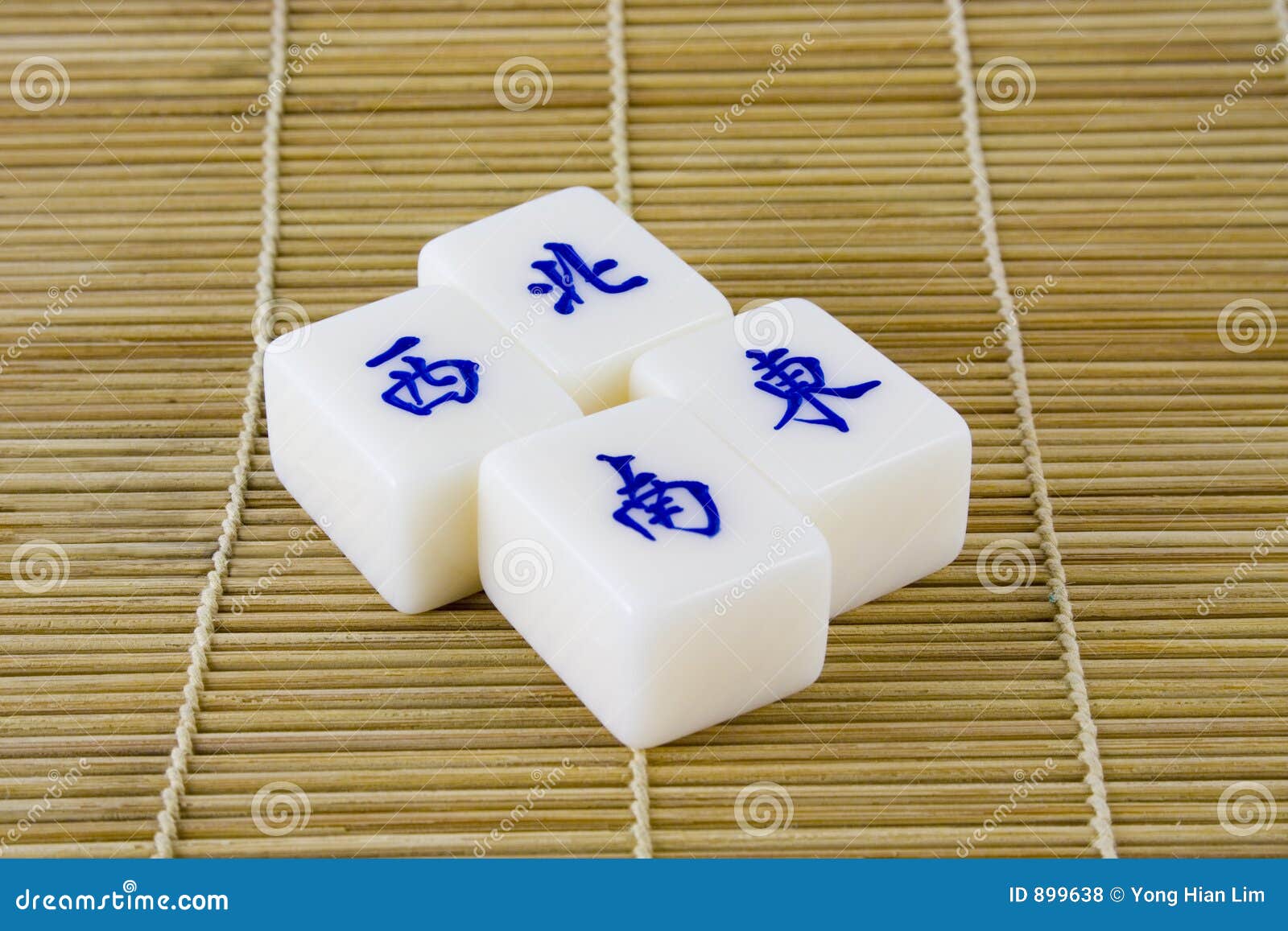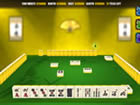

To see when I am doing author appearances, click here One of the articles features some recent aviation paintings by a very talented artist Roy Grinnell. I found a very interesting website if any of you are interested in learning more about these war years: One of the articles features propaganda posters that appeared at this time.

Many citizen groups raised money for the Chinese people. The United States government and its citizens helped China during its war with Japan. Notice that swords were being used in battle. It is possible the Chinese carvers were inspired by some of these posters, taken from this website: The Chinese star-like emblem can be seen on the plane's wings. The saying continued to be used to rally people to fight to save the nation, and it certainly seems to have been used in that way with these tiles. He also wanted to train pilots who could serve their country and defeat the Chinese warlords wreaking havoc. Sun Yat Sen, the founder of the Republic of China, right after World War I, in the hopes of developing the aviation industry. "Aviation saves the nation" is a saying coined by Dr. The top tiles show two Chinese soldiers on the right, with their Chinese style caps, and two Japanese ones on the left (Rising Sun on their hats) "The tiles say 奮勇殺敵, fenyong shadi, "to summon up courage to fight the enemy" or simply "to fight the enemy bravely".Īnd 航空救國, hangkong jiuguo, aviation saves the nation." Once again, Ray Heaton has translated these tiles for us: Craftsmen wanted to let the world know how the Chinese felt about the war and that they were going to fight back against the invaders, with perhaps a hope that others would help them too. Fowles, Mahjong tiles sometimes provided the medium for the message.

And interestingly, as we saw earlier in the Mysterious Case of E. But by 1937, the Marco Polo Bridge incident started an all-out war between the two countries, and it became the largest Asian War in the 20th Century.Īlthough we can't know what was going on in the minds of the Mahjong craftsmen, it seems that China wanted soldiers to defend China from the invaders. The problems began when the Japanese invaded Manchuria in 1931, and many localized battles followed that invasion. The 2nd Sino-Japanese War, which lasted from Jto September 9th, 1945, was very difficult for the Chinese. These Mahjong tiles represent propaganda images made by Chinese craftsmen.


 0 kommentar(er)
0 kommentar(er)
